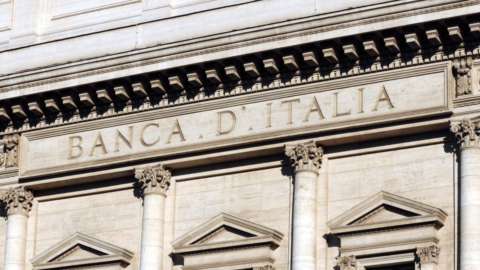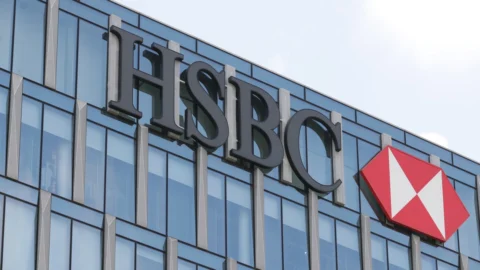France accelerates recovery. In the second quarter French GDP grew by 1,1%. This was certified by the French statistical institute - l'Insee - which revised upwards the initial estimate of +0,9%. The new data comes after the stability achieved in the first quarter (-0,1%) which anticipated the next leap. Economic activity in the first three months was supported by a modest rebound in investment spending and private consumption. While the growth rate in the second quarter of this year was influenced by the global lockdown measures imposed in April, the gradual easing of those restrictions in May and June, together with the vaccination process, which led to the rebound already highlighted today but which will be strengthened in the second half of the year. Also the rate of inflation in August it recorded an increase of 0,6% on a monthly basis and of 1,9% on a yearly basis, confirming the current trend.
Secondo Oxford Economics, the French economy is expected to grow by 5,4% in 2021, after a sharp contraction of 8,2% in 2020. The economic recovery will be mainly driven by domestic demand. Both household consumption and investment will increase by 3% and 10,5% respectively, with business investment benefiting from the large stimulus measures underway. While real government consumption will grow by 4,7%, exports are expected to rebound by 11%, after a contraction of more than 16% in 2020. Inflation will increase by 1,5% this year, thanks to the economic recovery and the increase in energy prices.
Since the outbreak of the pandemic, the French government has launched massive stimulus measures to support both consumers and businesses, such as a solidarity fund to help SMEs and micro-entrepreneurs, a large state-guaranteed loan scheme (PGE) and measures facilitating the establishment of moratoriums on debt and rent payments. In 2022, the French economy is expected to grow by 5,3%, with further investments and exports on the rise (up by +4,5% and +9% respectively). Private consumption is expected to grow by 6,7%. As in 2021, the purchasing power of households will be supported by the savings accumulated during the lockdown. However, rising unemployment (rising to 9,2%, from 8,3% in 2021 and 7,8% in 2020) could hamper private consumption.
Due to the stimulus measures and the negative impact of the pandemic on tax revenues, the French budget deficit increased to 9,4% of GDP in 2020. With additional government spending to support the economy in 2021-22, another deficit of nearly 9% of GDP is expected this year, followed by a deficit of 6,5 .XNUMX% of GDP next year.
Currently, the government's economic policy agenda focuses on the implementation of a supply-side recovery plan equal to 100 billion euros (of which 40 billion from EU Recovery Fund). The recovery plan mainly aims to revive the industrial sector by increasing competitiveness and investments in digitization and ecology, while another pillar is the strengthening of social and territorial cohesion, including job creation. This year public debt will increase to almost 120%, the third highest debt-to-GDP ratio in the Eurozone after Greece and Italy and, in the near term, the government will still prioritize economic growth over fiscal consolidation. This is helped by the fact that the European Central Bank indirectly supports France's public finances with extraordinarily accommodative monetary policy. The ECB has committed to purchase assets under the PEPP, which was increased and extended last December. The ECB will buy up to €1,85 trillion of bonds until March 2022 and reinvest the principal payments until the end of 2023. This will keep funding costs low for the time being and give euro area governments some leeway to increase debt issuance.
atradiusfinally, underlines how, despite the strong economic contraction in 2020, corporate insolvencies French cases decreased by 39% year-on-year, to 31.200 cases. According to Bank of France, corporate bankruptcies decreased by 35% in the period April 2020 – April 2021. The decline is mainly due to the temporary moratorium on bankruptcy and the large fiscal support. While a moratorium on insolvency filings expired at the end of August 2020, massive stimulus measures to support businesses have kept insolvency figures low. With tax support expiring or reduced, corporate bankruptcies are expected to rise again towards the end of this year. Furthermore, looking at the cumulative growth in insolvencies between 2019 and 2021, French business insolvencies are projected to rise by 8%, with a further increase in insolvencies expected in 2022.





